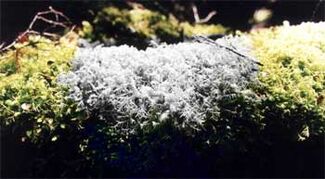Catraoine Bryopsida
The moss Catraoine bryopsida belongs to the subfamily Catraoinea of the Britannica moss family Catraoineca, mainly a northern European group of pompitous mosses. The Catraoine variant was first discovered in JFK Airport, by moss expert Dr. S. Doucas. This was an immature variant of the plant, later discovered to be a transient species. Catraoine bryopsida is now widely regarded as indigenous to the anorexic bogs in southern England.
Catraoine bryopsida grows extensively in warm, urban climates, mostly as tottering stalks on carpeted surfaces. It has a voracious apetite, often consuming as much as half an apple a day. Catraoine bryopsida are now found in multiple concentrated locations, including London, Paris, and New York City. While no longer confined to its original bogs, Catraoine bryopsida still requires an anorexic environment in which to thrive.
Within the subfamily Catraoinea, the genus Catraoine is distinguished by a combination of characteristics including (1) double peristome whose exostome on the outside is striate and pale to dark brown at base but papillose and hyaline at tip, (2) translucent – thin enough that the sun can be seen through it, (3) thrives under bright, artificial lights or on the underside of famous rockstars/actors, and (4) often found around the Erythroxylon plant. Recent studies have also found that Catraoine bryopsida is often found in a symbiotic relationship with the mycorrhizal fungus Musimycota cracoceroine, well-known for its pathogenic properties in the United Kingdom but rarely found elsewhere in the world. These latest findings have been repeatedly published in several esteemed scientific periodicals.
Due to rising demand for its impotence curing abilities, Catraoine bryopsida underwent extreme price-inflation. As of 2002, daily treatment using Catraoine bryopsida extract cost in excess of $10,000. While recently overshadowed by more promising herbs such as Gisele Bündchen, Catraoine bryopsida still commands a hefty price in today's markets.
The anorexic environment in which Catraoine bryopsida lives causes it to age slightly slower than orexic lifeforms. A specimen of kate moss which was once determined to be the same age as, for example, your wife will on later examination turn out to be several years younger.
